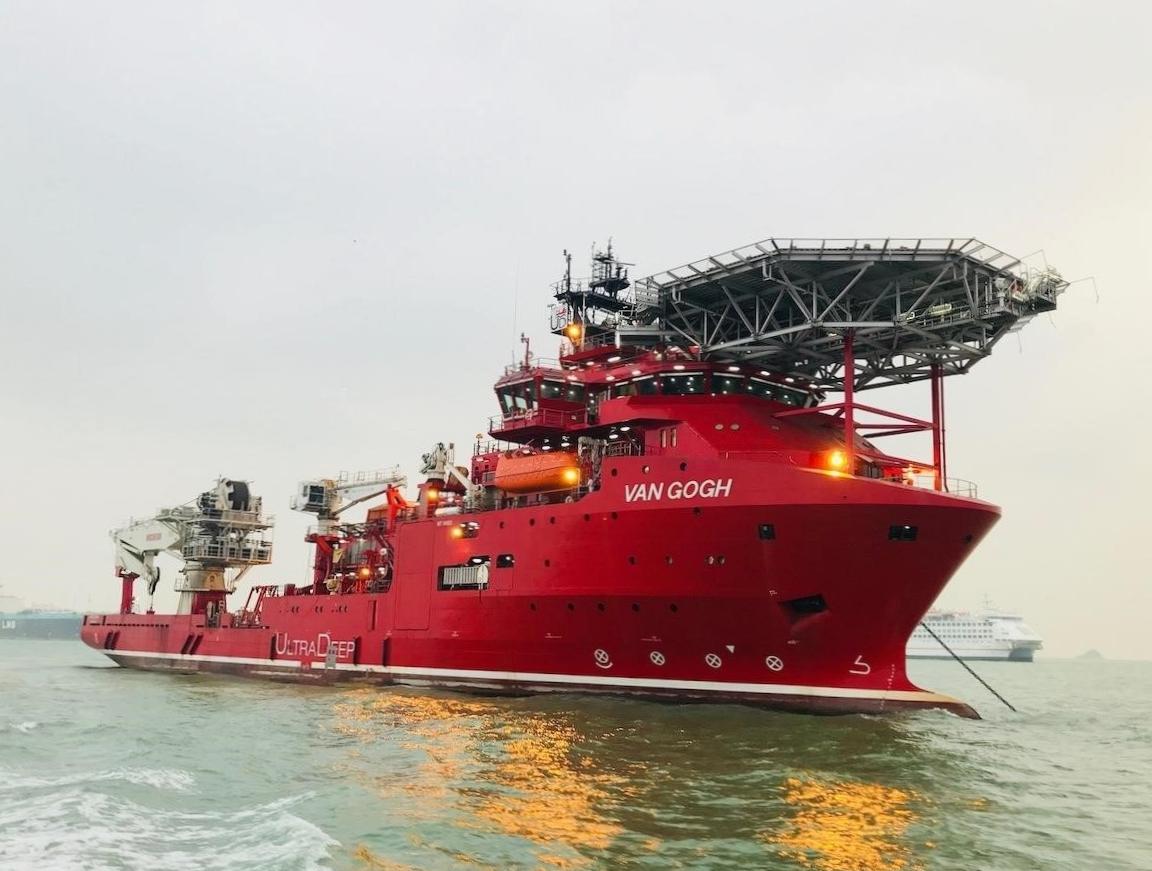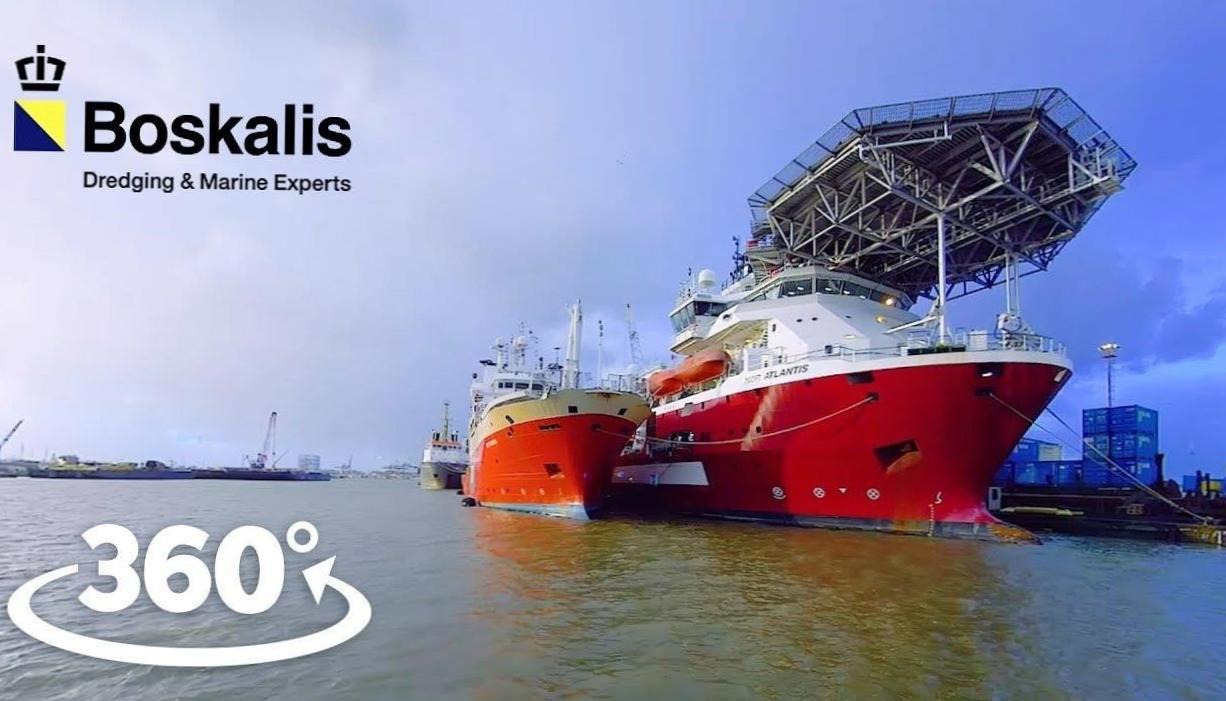Explore the Benefits of Utilizing a Diving Support Vessel for Underwater Operations
Explore the Benefits of Utilizing a Diving Support Vessel for Underwater Operations
Are you curious about the advantages of using a diving support vessel for underwater operations? Look no further! In this article, we will provide you with an introduction to diving support vessels and how they play a crucial role in ensuring successful and safe underwater missions.
Diving support vessels (DSVs) are specifically designed ships that provide a stable platform for various diving operations. Equipped with advanced technologies and specialized tools, these vessels support divers by providing them with a safe and efficient working environment.
One of the key benefits of utilizing a diving support vessel is its ability to accommodate a wide range of equipment necessary for underwater operations. With spacious decks and storage areas, DSVs have the capacity to carry saturation diving systems, remotely operated vehicles (ROVs), diving bells, and other crucial equipment. This ensures that all the necessary resources are readily available on-site, minimizing downtime and maximizing productivity.
But that’s not all! Diving support vessels are also equipped with a dynamic positioning system, enabling them to maintain their position in the water regardless of currents or wind. This feature is vital in maintaining stability during diving operations, allowing divers to safely conduct their tasks with precision.
Moreover, DSVs serve as a base of operations, providing accommodation and facilities for the entire diving team. This eliminates the need for divers to constantly travel back and forth from the shore, saving valuable time and energy. Onboard facilities may include living quarters, dining areas, medical facilities, and even decompression chambers.
Utilizing a diving support vessel not only ensures the safety and efficiency of underwater operations but also allows for extended operational hours. Unlike land-based operations, DSVs can remain on site for extended periods, enabling divers to conduct multiple dives without the need for unnecessary breaks.
In conclusion, diving support vessels are indispensable assets in the world of underwater operations. With their ability to efficiently transport equipment, provide a stable working platform, and offer onboard facilities, these vessels play a vital role in the success and safety of underwater missions. So, the next time you embark on an underwater adventure, consider the numerous benefits that a diving support vessel can offer!
Discover the Advantages of Using a Diving Support Vessel for Underwater Operations
Have you ever wondered how underwater construction, maintenance, and repair work is carried out efficiently? Look no further than a diving support vessel (DSV), an indispensable asset in the field of offshore operations. Designed to assist in underwater tasks, a DSV provides a safe and controlled platform for divers, equipment, and supplies, ensuring seamless operation in the depths of the sea. Equipped with dynamic positioning systems, advanced diving equipment, and state-of-the-art machinery, these vessels enable divers to complete their tasks with precision, accuracy, and utmost safety. The primary purpose of a DSV is to serve as a central hub for diving operations, maximizing productivity and efficiency while minimizing risks in challenging underwater environments. Let’s delve deeper into the definition and purpose of a diving support vessel.
Discover the Versatility of Diving Support Vessels for Underwater Operations
If you are involved in underwater operations, you know just how crucial it is to have reliable and efficient equipment at your disposal. One essential tool that should not be overlooked is a diving support vessel (DSV). These specially designed vessels offer a wide range of benefits that can greatly enhance the success and safety of underwater tasks. Whether you are involved in offshore construction, subsea exploration, or underwater research, utilizing a DSV can revolutionize the way you operate. Let’s dive deep into the various types and sizes of DSVs available and explore their unique functionalities that cater to different underwater operations. are highly versatile vessels that provide a stable and controlled platform for carrying out various underwater tasks. They come in different types and sizes, tailored to meet specific requirements. ROV support vessels (RSVs) are equipped with remotely operated vehicles (ROVs) that are used for tasks that require precision and remote control. This type of DSV is particularly useful for subsea inspections, pipeline surveys, and subsea construction projects. On the other hand, diving intervention support vessels (DISVs) are capable of accommodating a saturation diving system, making them ideal for more complex and deep-sea operations. These vessels are equipped with diving bells and hyperbaric chambers, allowing divers to work at great depths for extended periods.
The size of diving support vessels also varies based on the scope and scale of the underwater operation. From compact vessels suitable for shallow water work to larger vessels capable of tackling more challenging offshore projects, there is a DSV to fit every need. Small DSVs are typically used for tasks such as underwater maintenance, pipeline inspections, and salvage operations. They offer agility and maneuverability, making them perfect for confined spaces and shallow waters. For more extensive subsea projects, medium to large DSVs come into play. These vessels have additional accommodations, heavy-lift capabilities, and larger deck spaces, allowing for more complex operations like offshore construction, well servicing, and underwater welding.
By harnessing the power of diving support vessels, underwater operations can be carried out more efficiently and effectively. These vessels act as a support hub, providing a base for divers, equipment, and tools. They enable longer dive durations, safer working conditions, and improved overall productivity. With their advanced positioning systems, DSVs can maintain precise control over the vessel’s location, assisting in critical tasks such as pipelaying and subsea equipment installation. Additionally, DSVs can serve as command centers, facilitating real-time communication and data exchange between divers and the surface team.
In summary, diving support vessels are indispensable assets in the world of underwater operations. The different types and sizes offer versatility and flexibility to cater to a wide range of tasks, from inspection and maintenance to complex construction projects. By utilizing these specialized vessels, underwater operations can be streamlined, risk factors can be minimized, and successful outcomes can be achieved. Explore the possibilities and unlock the benefits of incorporating a diving support vessel into your underwater operations today!
Explore the Benefits of Utilizing a Diving Support Vessel for Underwater Operations
When it comes to underwater operations, having the right equipment and resources is crucial. One such resource that has proved to be invaluable is a diving support vessel. These specialized vessels have revolutionized the way underwater tasks are carried out, offering a range of benefits that enhance the efficiency and safety of operations.
With their state-of-the-art equipment and facilities, diving support vessels act as a floating base for divers and underwater teams. Equipped with living quarters, workspaces, and storage areas, these vessels provide a comfortable and efficient working environment even in the harshest of underwater conditions. This ensures that divers can work for longer durations, maximizing productivity and minimizing downtime.
One of the primary advantages of utilizing a diving support vessel is the enhanced safety it provides during underwater operations. These vessels are equipped with advanced safety systems and equipment, including saturation diving systems, remotely operated vehicles (ROVs), and diving bells. This equipment ensures that divers have access to life support, communication, and emergency response systems, reducing the risks associated with diving operations.
Moreover, diving support vessels have significant mobility and endurance, allowing them to reach remote locations and sustain operations for extended periods. This enables divers to carry out underwater inspections, repairs, and construction work in areas that would otherwise be inaccessible. The versatility of these vessels makes them an essential asset in various industries, including offshore oil and gas, underwater construction, marine salvage, and scientific research.
In addition to their practical advantages, diving support vessels also play a vital role in the logistical aspect of underwater operations. These vessels can transport divers, equipment, and supplies to and from the operation site, eliminating the need for separate transportation arrangements. This streamlines the entire process, saving time and resources while ensuring that all necessary equipment is readily available.
In conclusion, the importance of diving support vessels in underwater operations cannot be overstated. These vessels provide a secure and efficient platform for divers and underwater teams, enhancing safety, productivity, and logistical capabilities. With their state-of-the-art equipment and facilities, diving support vessels have become an indispensable tool in industries reliant on underwater operations. By harnessing the benefits of these vessels, organizations can optimize their underwater tasks and achieve successful outcomes.
diving support vessel





